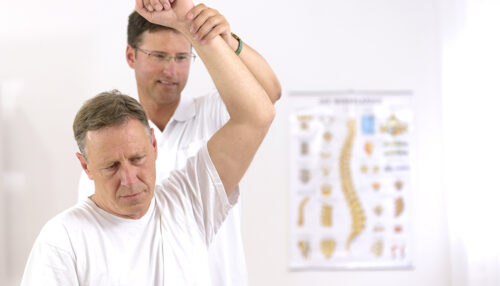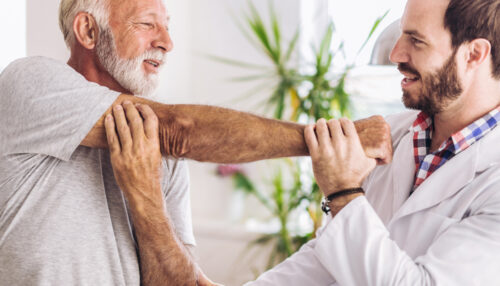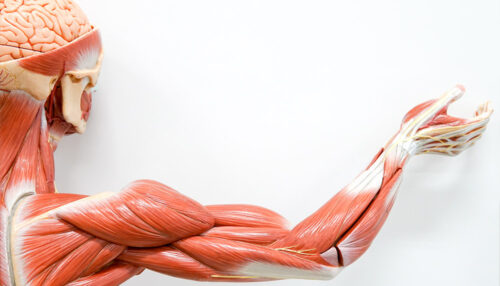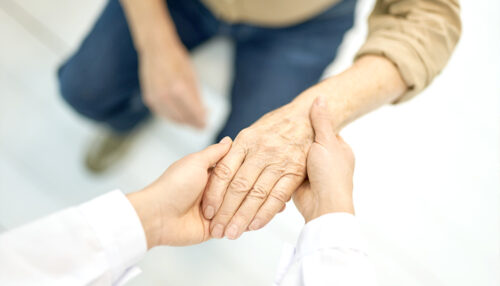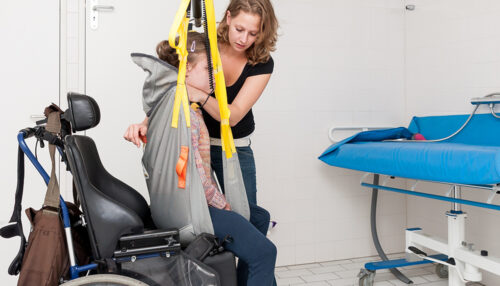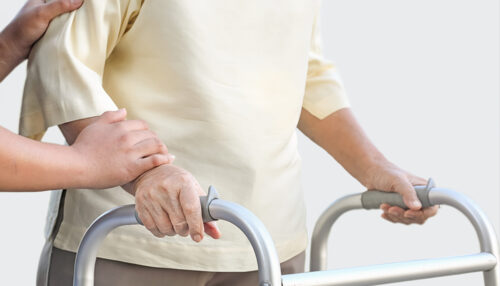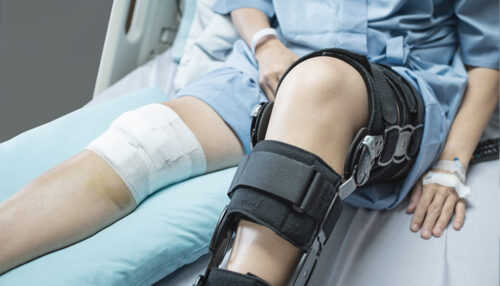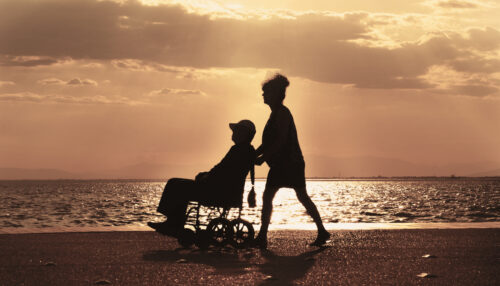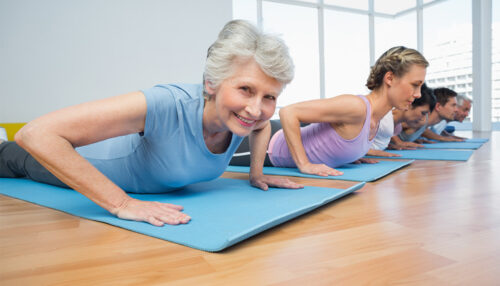
In sports, it is important to use short breaks to accelerate post-exercise recovery. Previous studies have revealed that: vibration can reduce post-exercise muscle soreness. However, there is still high heterogeneity in the effects of vibration on cardiovascular autonomic activities. Most studies to date have focused on high-frequency vibration. The findings of this study provide a […]

